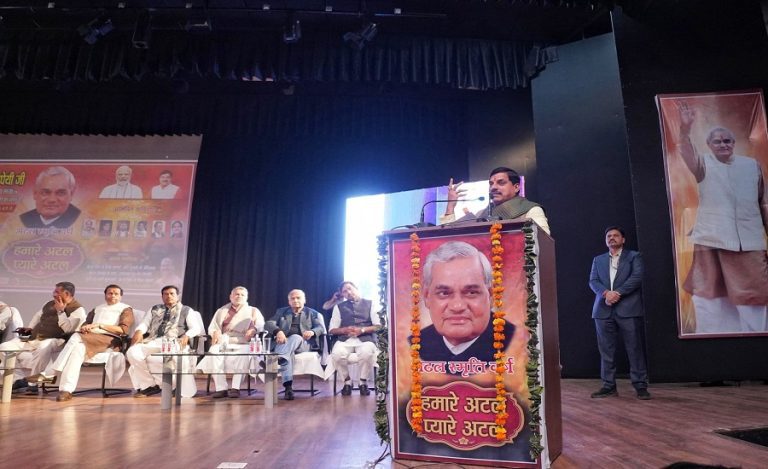In a significant relief for Haryana’s bureaucracy, the Supreme Court has overturned the Punjab and Haryana High Court’s October 4 order recalling security provided to IAS officers engaged in civil administration or quasi-judicial roles. This decision ensures that security arrangements for IAS officers working in various capacities will remain intact.
The High Court’s earlier order had created unease among IAS officers in Haryana, prompting the state government to challenge it in the Supreme Court. In its ruling, the apex court stated, “The High Court, while addressing a petition for anticipatory bail under Section 438 of the Criminal Procedure Code, had no grounds to delve into the matter of security provisions for VIPs, VVIPs, and other citizens. These aspects should not have been considered in the context of an anticipatory bail plea.” The Supreme Court directed that the High Court’s instructions regarding security provisions should not be acted upon.
Background of the High Court Order
Justice Harkesh Manuja of the Punjab and Haryana High Court had previously instructed the Haryana government to revoke security for IAS officers involved in civil administration or quasi-judicial duties. The directive came during a hearing of a six-year-old criminal case, in which a witness was granted police protection due to perceived threats.
The High Court also sought detailed information from Haryana’s Director General of Police (DGP), Mr. Shatrujeet Singh Kapoor (1990-batch IPS), asking for an affidavit to clarify whether IPS officers held civil administration roles in boards or corporations. Additionally, the court mandated the inclusion of the “yellow book,” outlining security protocols and state police responsibilities, in its records for future reference.
Earlier in May, the High Court had asked Haryana and UT Chandigarh to submit policies on providing security based on threat perception. It emphasized that security extended due to political, religious, or entertainment industry affiliations should be reimbursed by the beneficiaries. For individuals outside traditionally recognized threatened categories, the court had insisted on establishing clear eligibility criteria for security allocation.



























